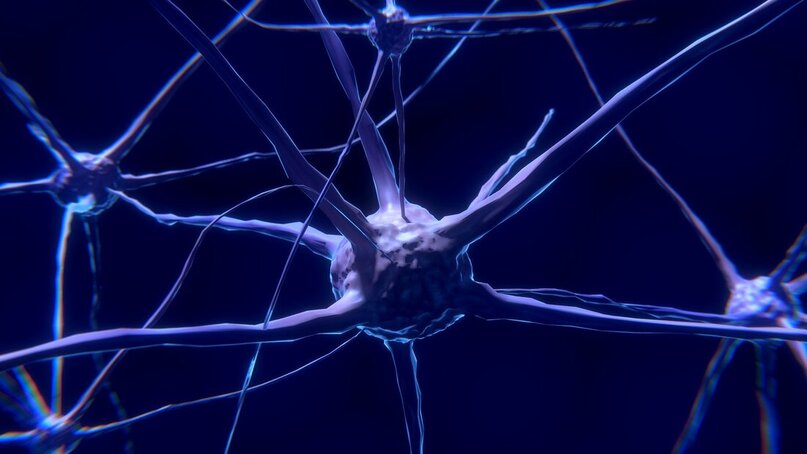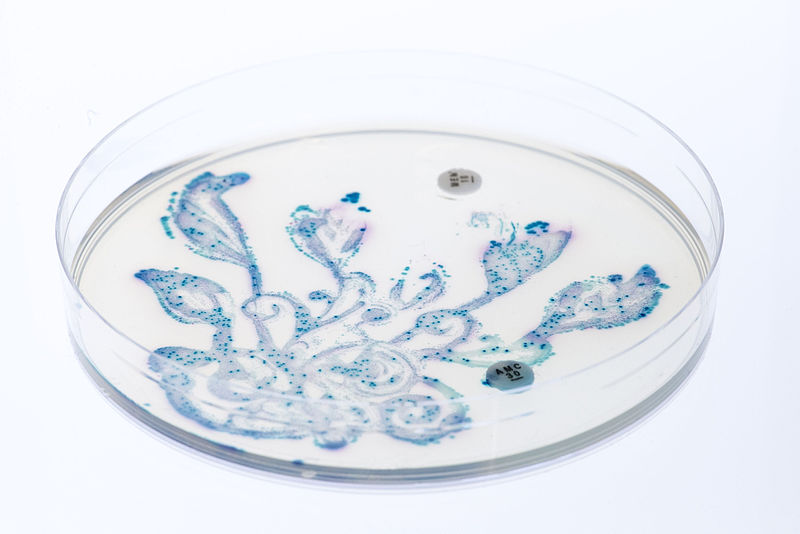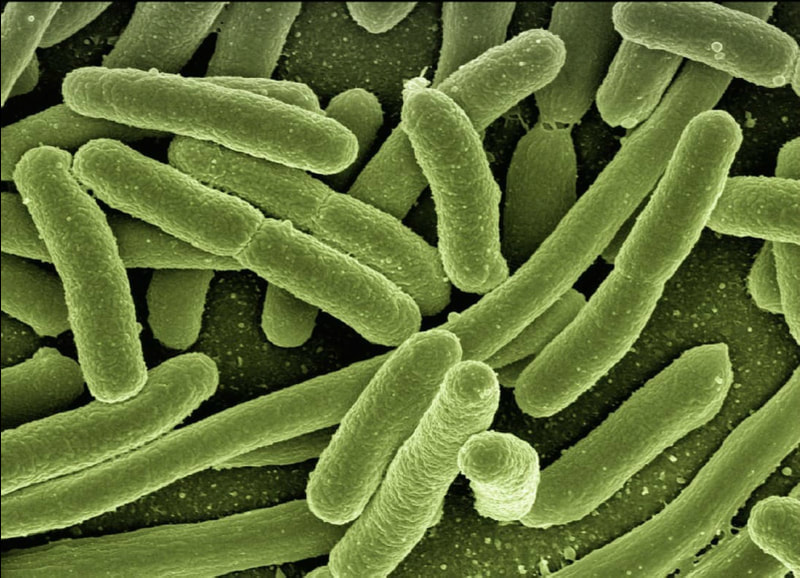Modifications to CRISPR-Cas9: Gene Editing in the Brain
The brain is the most complex organ in the body, serving as the control center for the nervous system. Billions of neurons work together to orchestrate everything from motor control to memory, among countless other functions. As such, much research is devoted to understanding the brain and what modifications can be made to alter brain function. Much of the mystery lies in determining what genes are tied to certain neuronal activities and behaviors. One promising technology to study this is CRISPR-Cas9, a new system of gene editing that consists of an enzyme called Cas9 and a segment of guide RNA (gRNA). The gRNA binds to a target DNA sequence and recruits Cas9, which then cuts the host DNA and makes room for deletions or insertions of the code. Because of its potential as an easier and more efficient method of gene editing, CRISPR-Cas9 has made its rounds in the news from a revolutionary technology for curing disease to a tool that could lead to dystopian societies. Controversy aside, CRISPR-Cas9 stands as a powerful tool that can modify genes for our benefit.
Current methods for genetic manipulation in the brain include in vivo methods such as RNA interference and DNA antisense oligonucleotides, but problems arise in achieving stable gene knockout. In other words, it has been challenging to modify genetic expression that results in a long-lasting effect in a desired group of genes. As a result, animal models often require substantial time and effort to establish.
CRISPR-Cas9 offers a solution since it allows for efficient modification of genes without the need to develop transgenic strains. Traditional transgenic strains are commonly generated by the insertion of DNA constructs into an egg or embryonic stem cells, potentially resulting in random or harmful modifications and requiring further backcrossing. CRISPR-Cas9 can be used in fertilized eggs and does not require backcrossing, instead enabling researchers to directly screen for the desired genome in the modified animals, saving time and resources.
Current methods for genetic manipulation in the brain include in vivo methods such as RNA interference and DNA antisense oligonucleotides, but problems arise in achieving stable gene knockout. In other words, it has been challenging to modify genetic expression that results in a long-lasting effect in a desired group of genes. As a result, animal models often require substantial time and effort to establish.
CRISPR-Cas9 offers a solution since it allows for efficient modification of genes without the need to develop transgenic strains. Traditional transgenic strains are commonly generated by the insertion of DNA constructs into an egg or embryonic stem cells, potentially resulting in random or harmful modifications and requiring further backcrossing. CRISPR-Cas9 can be used in fertilized eggs and does not require backcrossing, instead enabling researchers to directly screen for the desired genome in the modified animals, saving time and resources.
Image Source: PublicDomainPictures
Despite all of this, CRISPR-Cas9 still runs into difficulties targeting specific areas in groups of neurons as they often divide into several subpopulations. Additionally, the capacity of Cas9, derived from Streptococcus pyogenes (SpCas9), is limited by the viral vector, Adeno-associated virus (AAV). AAV is commonly used as a vehicle for gene delivery due to its ability to insert genetic sequences into hosts without triggering an immune response. Once pathogenic genes are removed, the desired genes can be inserted in their place. The downfall of AAV is that it has a packaging limit of roughly 4.5 kilobases, which is close to its natural viral genome size. Because the CRISPR-Cas9 system is about 4.2 kilobases, it can be challenging to fully package it within the AAV vector.
In response to these problems, researchers developed a system that uses a Cas9 ortholog from Staphylococcus aureus (SaCas9) that is shorter in length but equally efficient compared to SpCas9. Orthologs are similar gene sequences found in different organisms that are derived from a common ancestor. As a result, these orthologs share their general functions. Because SaCas9 is smaller in size, it presents itself as a promising alternative to SpCas9 that could allow for smoother packaging in the viral vector. Once the scientists established their CRISPR-SaCas9 system, they set out to enhance its specificity and efficiency by targeting cbp, a protein that plays an important role in fear memory, for knockdown.
The researchers found that SaCas9 efficiently inactivated cbp in rat glioma cells, or tumor cells found in the brain and spinal cord. They also confirmed this by successfully utilizing the same system on another gene called p300, a homolog of cbp. These combined results indicate that SaCas9 was not only successful in its intended goal, but may also have potential in modifying other genes as well. Additionally, further downstream consequences demonstrated that the cbp knockdown reduces neuronal excitability and spine density, giving further insight into the gene’s role in brain function.
In conclusion, the development of this CRISPR-SaCas9 is an exciting step forward in targeting specific neuronal genes and further understanding relationships within the brain. Using this system, future studies may very well reveal the modifications capable of altering brain function and behavior.
In response to these problems, researchers developed a system that uses a Cas9 ortholog from Staphylococcus aureus (SaCas9) that is shorter in length but equally efficient compared to SpCas9. Orthologs are similar gene sequences found in different organisms that are derived from a common ancestor. As a result, these orthologs share their general functions. Because SaCas9 is smaller in size, it presents itself as a promising alternative to SpCas9 that could allow for smoother packaging in the viral vector. Once the scientists established their CRISPR-SaCas9 system, they set out to enhance its specificity and efficiency by targeting cbp, a protein that plays an important role in fear memory, for knockdown.
The researchers found that SaCas9 efficiently inactivated cbp in rat glioma cells, or tumor cells found in the brain and spinal cord. They also confirmed this by successfully utilizing the same system on another gene called p300, a homolog of cbp. These combined results indicate that SaCas9 was not only successful in its intended goal, but may also have potential in modifying other genes as well. Additionally, further downstream consequences demonstrated that the cbp knockdown reduces neuronal excitability and spine density, giving further insight into the gene’s role in brain function.
In conclusion, the development of this CRISPR-SaCas9 is an exciting step forward in targeting specific neuronal genes and further understanding relationships within the brain. Using this system, future studies may very well reveal the modifications capable of altering brain function and behavior.
Featured Image Source: ColiN00B
RELATED ARTICLES
|
Vertical Divider
|
Vertical Divider
|
Vertical Divider
|






